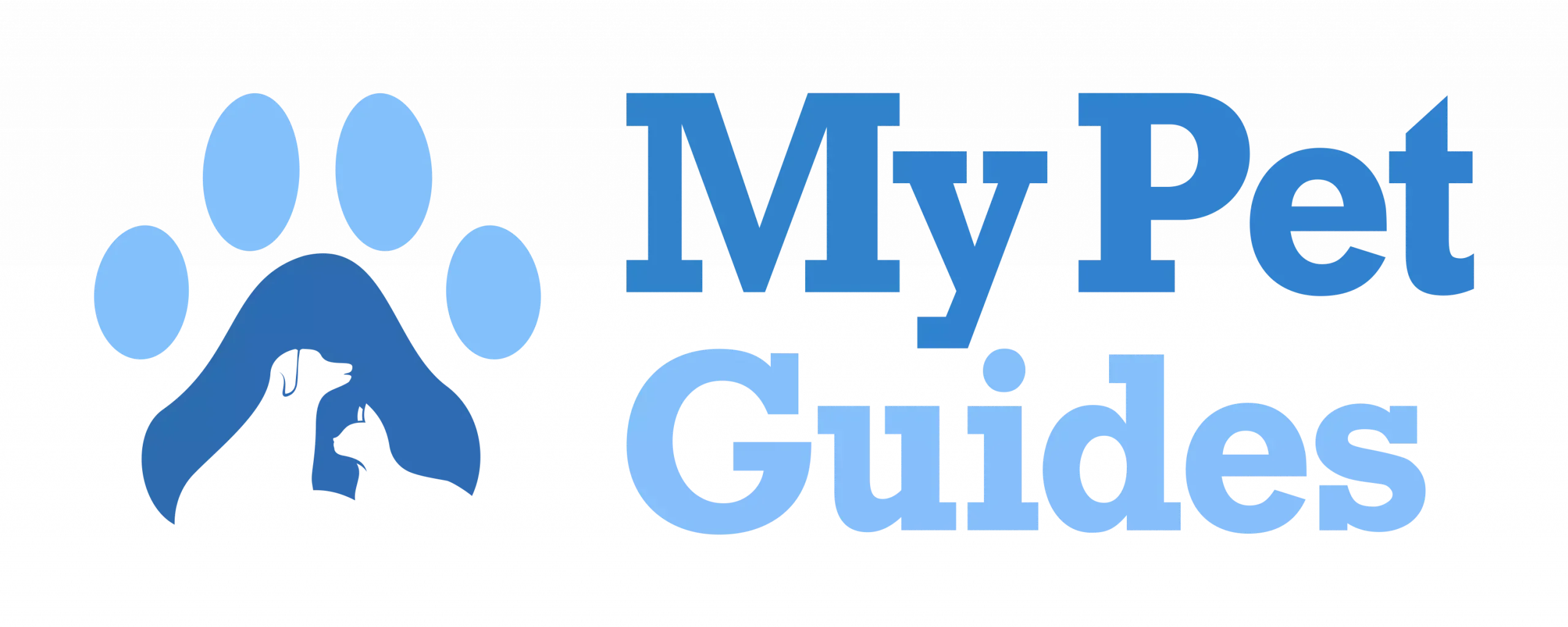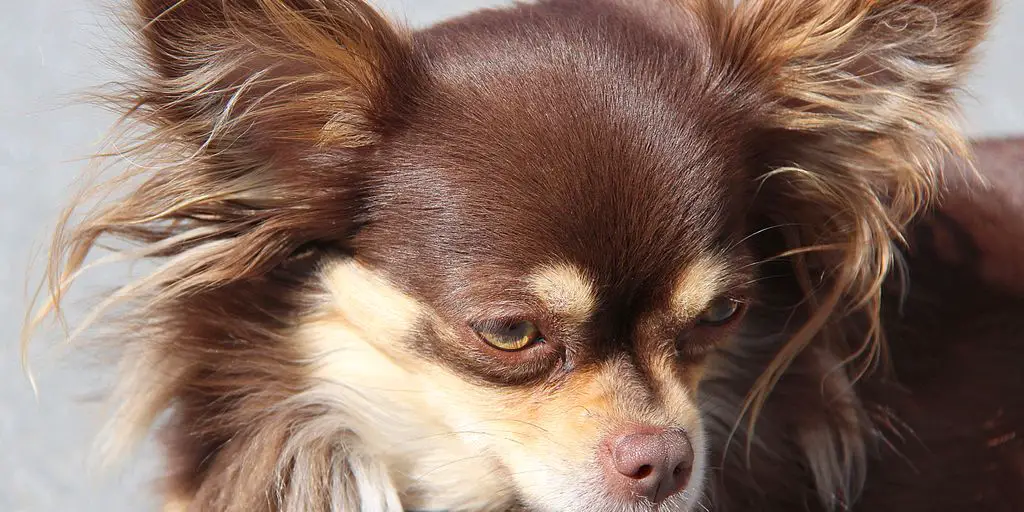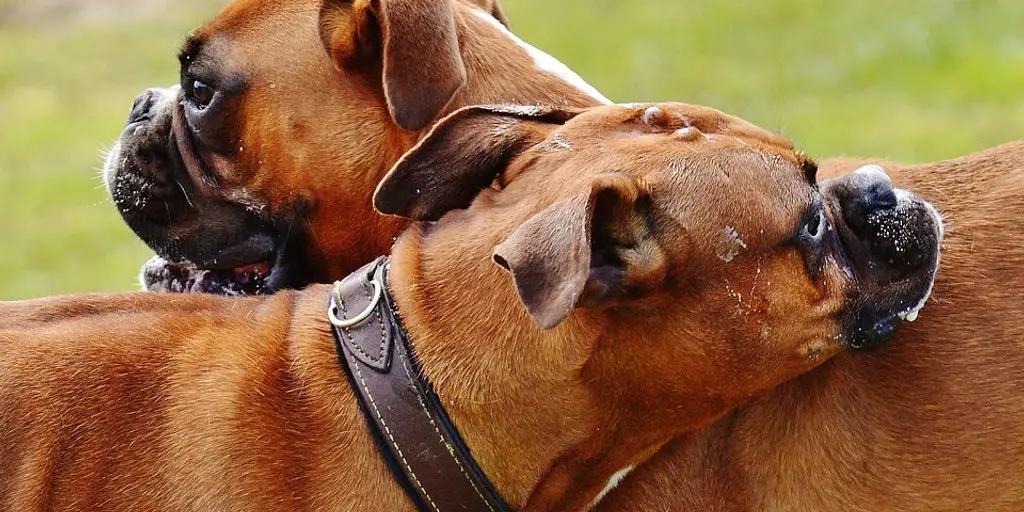Collar irritation can be a significant discomfort for dogs, leading to symptoms such as scratching, redness, and hair loss. The right approach to preventing collar irritation involves choosing suitable materials, ensuring proper fit, and maintaining good hygiene. This article provides essential insights into effectively preventing and managing collar irritation for your dog’s health and comfort.
Key Takeaways
- Ensure the collar fits properly by allowing two fingers to fit comfortably between the collar and your dog’s neck.
- Choose collars made from hypoallergenic and soft materials to prevent allergic reactions and skin irritation.
- Regularly clean and inspect the collar for signs of wear and tear to avoid skin problems.
- Consider alternative styles like harnesses or padded collars to distribute pressure more evenly and reduce friction.
- Consult a veterinarian if persistent irritation occurs or if the dog shows signs of severe discomfort or skin damage.
Understanding Collar Irritation in Dogs
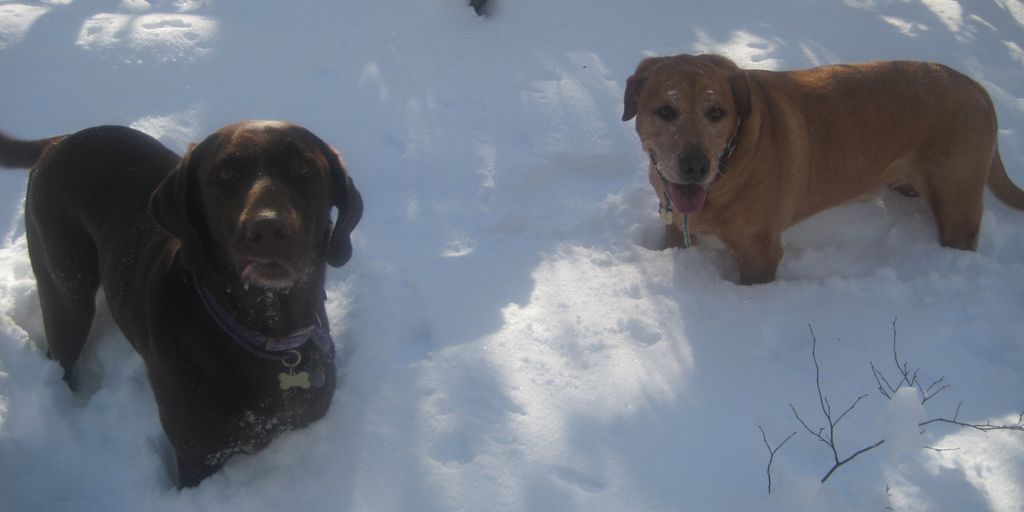
Identifying the Signs
I’ve noticed that when my dog starts scratching around the neck or you see redness and inflammation, it might be a sign of collar irritation. It’s crucial to keep an eye out for these symptoms as they can escalate to more severe issues like sores or even hair loss.
Common Causes
The usual suspects behind this irritation include allergies to materials in the collar, constant friction from a poorly fitting collar, and even moisture trapped under the collar during wet conditions. Knowing what triggers your dog’s irritation can help you prevent it.
Immediate Actions to Take
If you spot any signs of irritation, the first step is to remove the collar and assess the severity of the irritation. Cleaning the affected area and applying a mild, pet-safe ointment can provide some immediate relief. It’s also a good time to review the fit and material of your dog’s collar, ensuring it’s not contributing to the problem.
Remember, prevention is always better than cure. Regular checks and maintenance of your dog’s collar can save them a lot of discomfort.
Choosing the Right Collar
When it comes to keeping my dog comfortable and free from neck irritation, choosing the right collar is crucial. Here’s how I make sure I’m picking the best option for my furry friend.
Material Matters
I’ve learned that the material of the collar can make a big difference. Materials like nylon, leather, or neoprene are top choices because they are soft and less likely to cause chafing. I always avoid materials that could irritate my dog’s skin, especially if they are prone to allergies.
Proper Sizing Guide
Getting the size right is essential. A collar that’s too tight can cause discomfort and even breathing difficulties, while a too-loose collar might slip off. I follow a simple rule: I should be able to comfortably fit two fingers between the collar and my dog’s neck. This ensures it’s snug enough without being too tight.
Comfort Features to Consider
Lastly, I look for collars with additional comfort features. Things like padded linings or adjustable straps can make a big difference. Also, for dogs that are heavy pullers, I consider a harness as an alternative, which can provide better control and reduce strain on the neck.
By focusing on these aspects, I can help ensure my dog’s collar is not only safe but also comfortable.
The Importance of Proper Fit
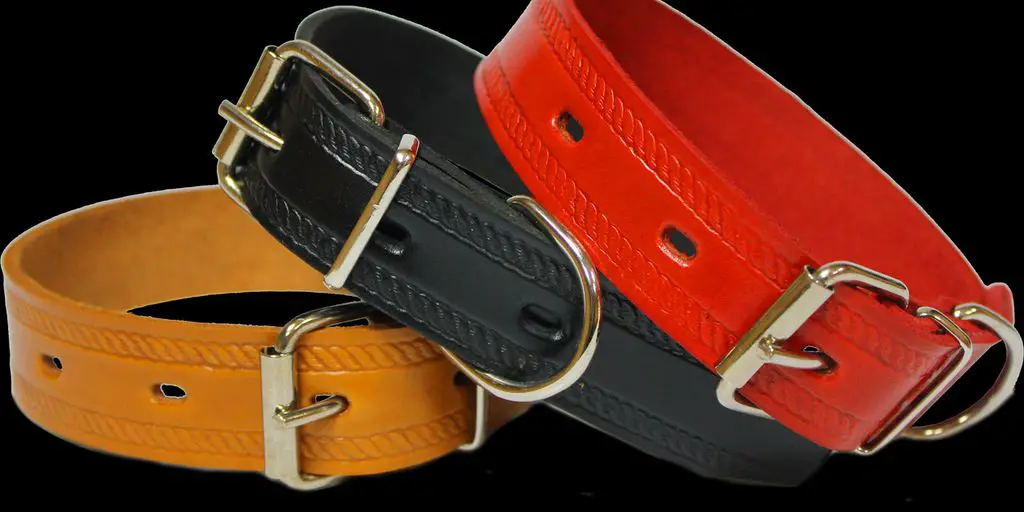
Ensuring your dog’s collar fits correctly is crucial for their comfort and safety. Here’s how I make sure the fit is just right:
How to Measure Your Dog’s Neck
To start, you’ll need a flexible tape measure. Wrap it around the thickest part of your dog’s neck where the collar usually sits. Make sure it’s snug but not tight. Jot down this measurement and add about two inches for the perfect collar length. This extra space ensures the collar isn’t too tight, which is essential to avoid any potential for chafing or discomfort.
Adjusting for Comfort
Once you have the right size, it’s time to adjust the collar. Ideally, you should be able to fit two fingers comfortably between the collar and your dog’s neck. This ensures that the collar is snug enough to not slip over their head but loose enough to prevent any restriction or discomfort. Regular checks and adjustments are necessary as your dog grows or changes in weight.
Signs of a Poor Fit
A poorly fitting collar can lead to several problems. Watch out for signs of discomfort such as scratching at the neck, difficulty breathing, or signs of agitation. Also, check for any hair loss or skin irritation under the collar area. These are clear indicators that the collar needs to be adjusted or changed.
Remember, a well-fitting collar is key to keeping your dog happy and healthy while wearing their collar!
Alternatives to Traditional Collars
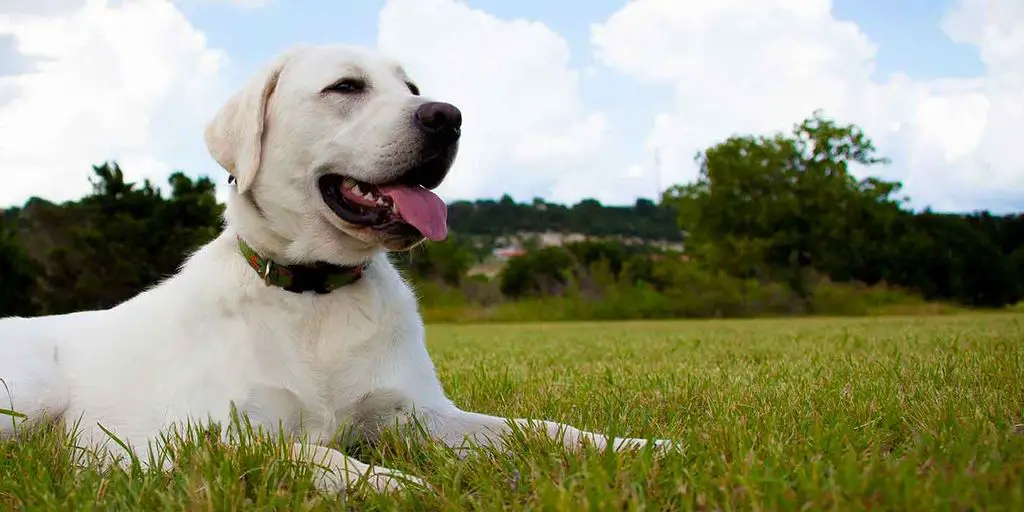
Harnesses and Their Benefits
I’ve found that switching to a harness can really make a difference for dogs that pull or have sensitive necks. Harnesses distribute pressure more evenly across the body, which can prevent any strain on the neck. This is especially great for breeds prone to respiratory issues or those with delicate tracheas. Here are a few types of harnesses you might consider:
- Back-clip harnesses: Ideal for calm dogs that don’t pull much.
- Front-clip harnesses: Great for training as they provide more control over the direction your dog moves.
- Dual-clip harnesses: Offer the flexibility of using either the front or back clip depending on your needs.
Head Halters Explained
Head halters are another fantastic option for managing dogs that tend to pull. They work by controlling your dog’s head direction, making it easier to guide them during walks. It’s important to ensure they fit properly to avoid any discomfort. Initially, some dogs might resist wearing a head halter, so it’s crucial to introduce it gradually and pair it with positive reinforcements like treats or play.
When to Choose a Different Style
Sometimes, traditional collars just aren’t suitable for every dog. If you notice signs of discomfort, such as scratching at the collar area or any hair loss, it might be time to consider a different style. Alternatives like padded collars or even decorative bandanas might be enough for dogs with very mild issues. However, for more severe problems, consulting with a vet or a professional trainer can provide guidance on the best type of collar or harness to use.
Regular Collar Maintenance
Maintaining your dog’s collar is crucial for their comfort and health. Here’s how I keep things in check:
Cleaning Techniques
I make it a point to clean my dog’s collar regularly. Using mild soap and warm water, I scrub away any dirt and grime that’s accumulated. It’s important to rinse the collar thoroughly to avoid any soap residue that could irritate my dog’s neck.
Frequency of Replacement
Collars don’t last forever. I replace my dog’s collar whenever I notice signs of wear and tear, such as fraying or stiffness. This not only prevents potential irritation but also ensures the collar functions properly.
Checking for Wear and Tear
Every week, I take a few minutes to inspect the collar for any rough spots or frayed edges. These can cause chafing and discomfort, so I’m always on the lookout to catch them early.
Remember, a well-maintained collar is key to preventing collar irritation and keeping your furry friend happy and comfortable!
Soothing Remedies for Collar Irritation
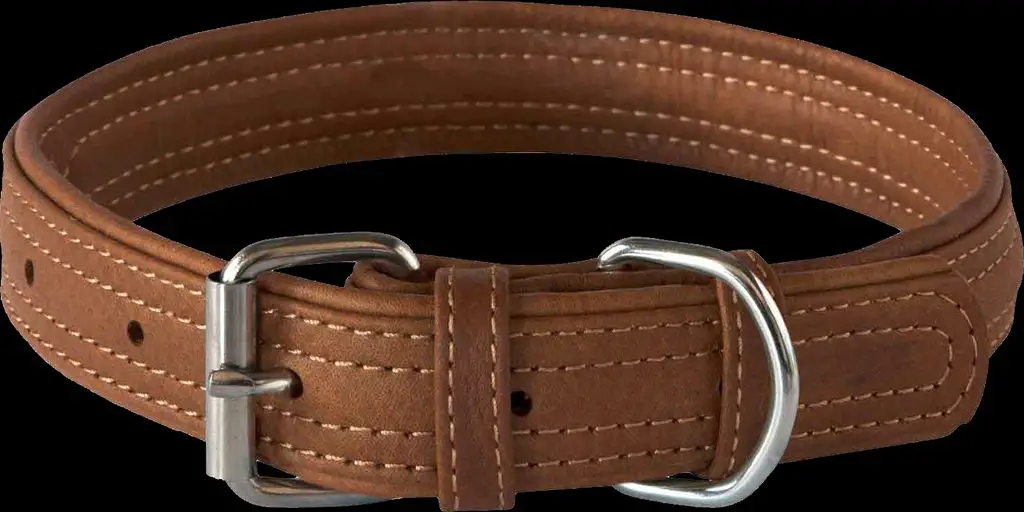
Natural Oils and Their Benefits
I’ve found that natural oils can be a game-changer when it comes to soothing my dog’s collar irritation. Coconut oil, in particular, is a favorite because it’s gentle and has anti-inflammatory properties. Just a small dab rubbed around the irritated area can make a big difference. Other oils like almond and olive oil are also great options.
Over-the-Counter Solutions
There are plenty of over-the-counter products that can help ease collar irritation. I usually look for ointments or balms specifically designed for pets. These often contain ingredients like aloe vera, which is fantastic for calming down irritated skin. It’s important to avoid anything with hydrocortisone, as it can slow the healing process.
When to See a Vet
If the irritation doesn’t improve or seems to get worse, it’s time to see a vet. Persistent issues might indicate an underlying problem that needs professional attention. The vet might suggest a specific treatment plan or even recommend changing the type of collar or its material to prevent future problems.
Preventative Measures to Avoid Collar Irritation
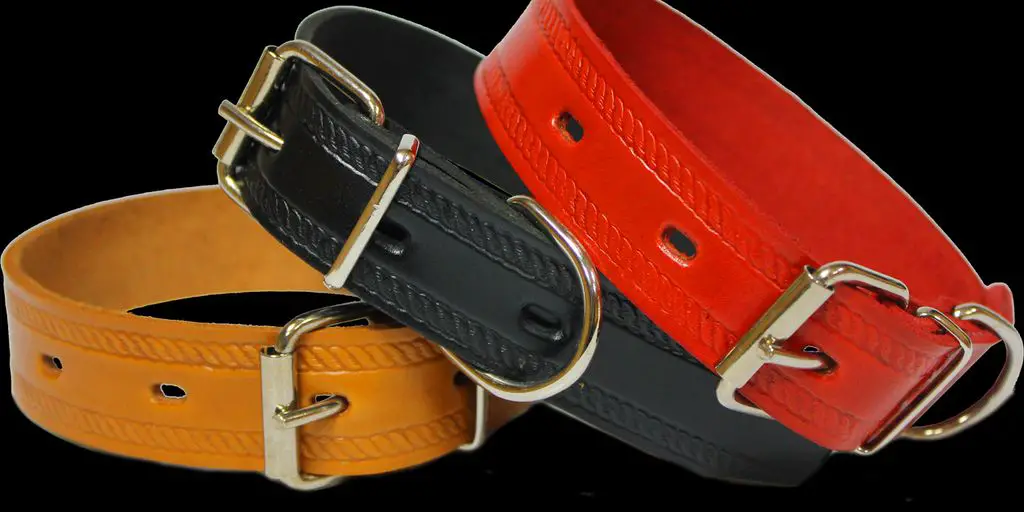
When it comes to keeping my dog happy and healthy, preventing collar irritation is a top priority. Here’s how I tackle it:
Choosing Hypoallergenic Materials
I always opt for collars made from hypoallergenic materials. These materials are less likely to cause a reaction in sensitive pups. It’s a simple switch that can make a big difference.
Rotating Collars Regularly
I make it a point to rotate my dog’s collars regularly. This helps to minimize pressure points and reduce the risk of irritation. It’s like giving their neck a little vacation!
Using Protective Padding
For that extra layer of comfort, I use collars with protective padding. This padding acts as a cushion between the collar and my dog’s neck, preventing any rubbing or chafing.
Remember: A comfortable dog is a happy dog. Taking these preventative steps can save a lot of discomfort and trips to the vet.
Understanding and Treating Neck Sores
Causes of Neck Sores
Neck sores on dogs can be quite distressing. They often stem from prolonged pressure, allergic reactions, or infections. Identifying the root cause is crucial for effective treatment. For instance, a collar that’s too tight or made from an irritating material can cause pressure sores, while allergies to metals or fabrics can lead to contact dermatitis.
Home Treatments
When dealing with neck sores, the first step is always to remove any collars to relieve pressure. Cleaning the area gently with a mild soap and applying natural soothing agents like aloe vera can help. Here’s a quick guide on how to manage minor sores at home:
- Remove the collar.
- Clean the area with mild soap and warm water.
- Apply a natural, anti-inflammatory agent like aloe vera.
- Monitor the sores for signs of improvement.
If the sores do not improve or seem to worsen, it’s essential to seek professional advice.
When to Seek Professional Help
Sometimes, despite our best efforts, professional help is needed. If you notice any of the following, it’s time to visit the vet:
- Persistent sores that don’t heal
- Signs of infection like pus or a bad smell
- Severe pain or discomfort for your dog
A vet can provide specialized treatments such as antibiotics or anti-inflammatory medications, which are crucial for healing and preventing further complications.
Dealing with Hair Loss and Bald Spots
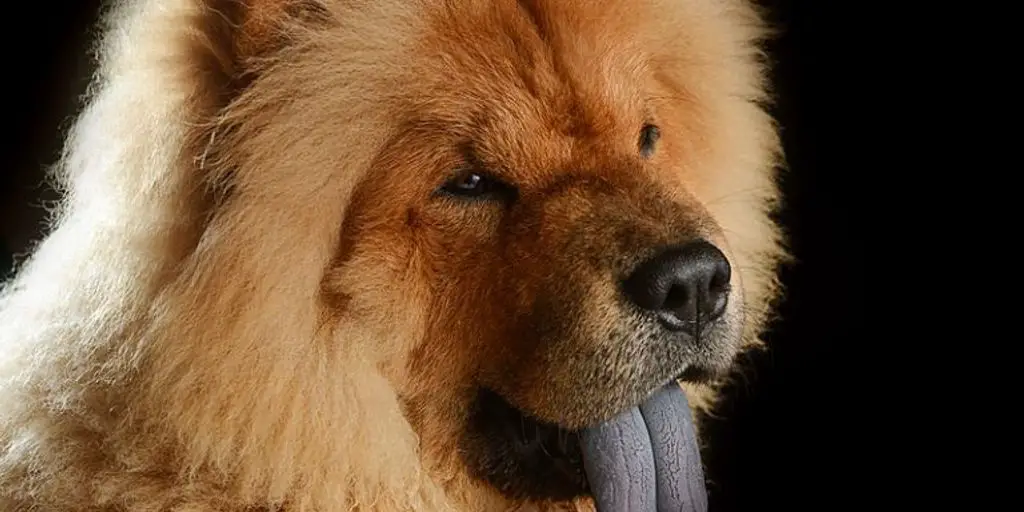
Causes Behind Hair Thinning
Hair loss in dogs can be distressing, not just for them but for us as owners too. It often stems from collar irritation, but other factors like allergies, poor diet, or even genetics can play a role. Identifying the root cause is crucial to addressing this issue effectively.
Effective Home Remedies
I’ve found that natural remedies can be incredibly helpful. Regularly applying coconut oil or aloe vera can soothe the skin and promote hair growth. Also, ensuring the collar is clean and free of irritants is a simple yet effective step.
Preventative Tips
To prevent hair loss, it’s essential to choose the right collar. Opt for a soft, adjustable one and avoid materials that might cause allergies. Regular grooming and a balanced diet also contribute significantly to maintaining healthy skin and fur.
The Role of Diet and Health in Preventing Collar Issues
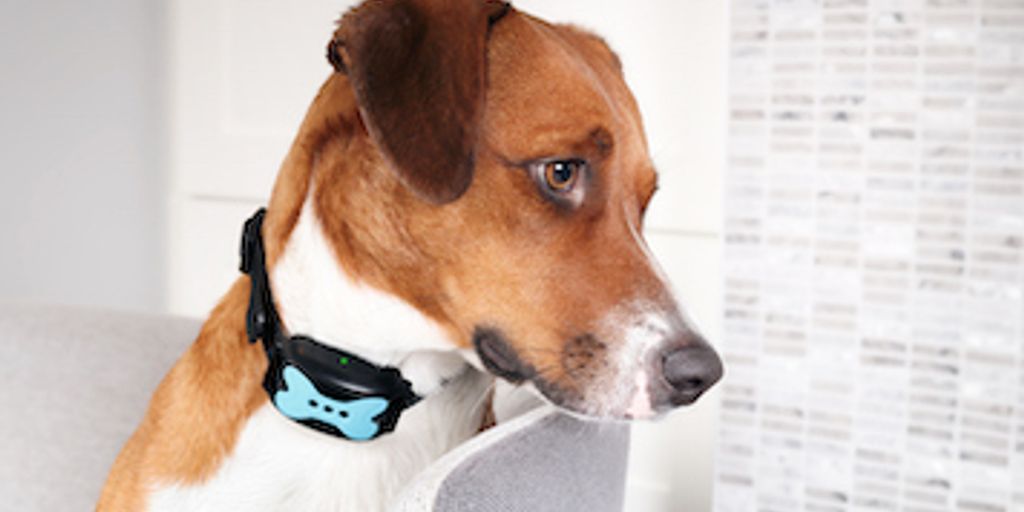
Maintaining a healthy diet and regular health check-ups for your dog can significantly reduce the risk of collar-related issues. Here’s how you can ensure your dog’s diet and health contribute to a comfortable collar experience:
Nutritional Tips
A balanced diet is crucial for maintaining your dog’s skin health, which can prevent irritation from collars. Ensure your dog’s diet includes plenty of omega-3 fatty acids, which are known for their anti-inflammatory properties. Foods rich in these nutrients include fish like salmon and sardines. You might also consider supplements if your dog’s diet isn’t meeting these needs.
Supplements for Skin Health
Supplements can play a vital role in enhancing your dog’s skin and coat health. Look for supplements that contain fish oil, vitamin E, and biotin. These can help strengthen the skin’s barrier against irritations that might be caused by collars. Always consult with your vet before starting any new supplement regimen.
Regular Health Check-Ups
Regular vet visits are essential for catching any health issues early that could contribute to skin sensitivity or collar discomfort. During these check-ups, discuss your dog’s diet and any concerns you might have about their skin health or the fit of their collar.
Remember: A healthy dog is a happy dog, and a proper diet can prevent many health issues, including those related to collar wear.
Training Tips to Reduce Collar Pulling
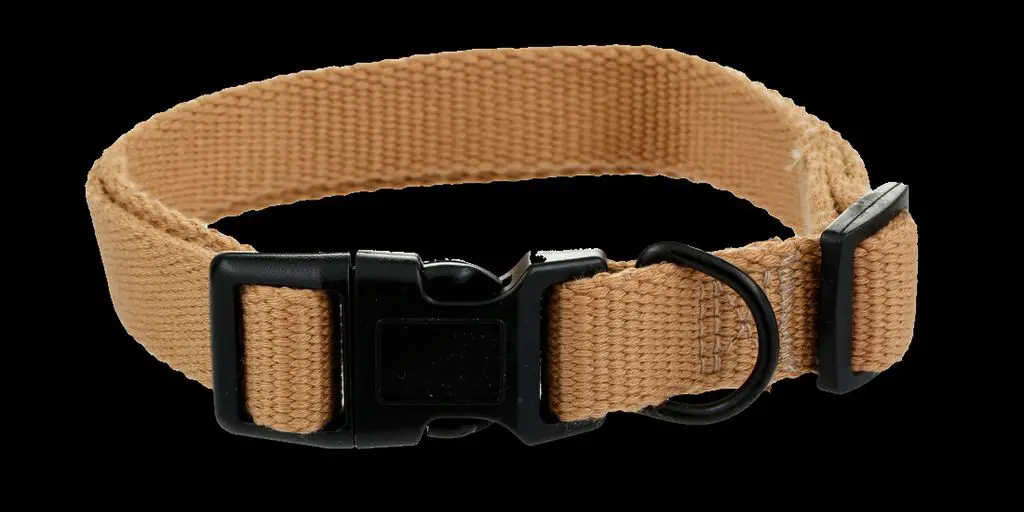
Teaching your dog not to pull on the leash is crucial for both their comfort and safety. Here’s how I tackle this common issue:
Teaching Proper Leash Behavior
I start with basic commands like ‘sit’ and ‘stay’ to establish control. Gradually, I introduce the leash in a quiet environment to minimize distractions. Positive reinforcement, such as treats and praise, is key when they walk nicely without pulling.
Tools to Aid Training
I often use tools like no-pull harnesses or head halters. These tools help redirect the pulling force without causing discomfort or harm to the dog. It’s important to choose the right tool that suits your dog’s size and temperament.
Benefits of Professional Training Sessions
Sometimes, it’s best to seek help from a professional. Trainers can provide personalized guidance and techniques that are effective for your dog’s specific behavior. Plus, it’s a great way to ensure you’re using the tools correctly and safely.
Remember: Consistency is key in training. Regular practice and patience will help your dog learn to walk calmly by your side.
When to Consult a Veterinarian
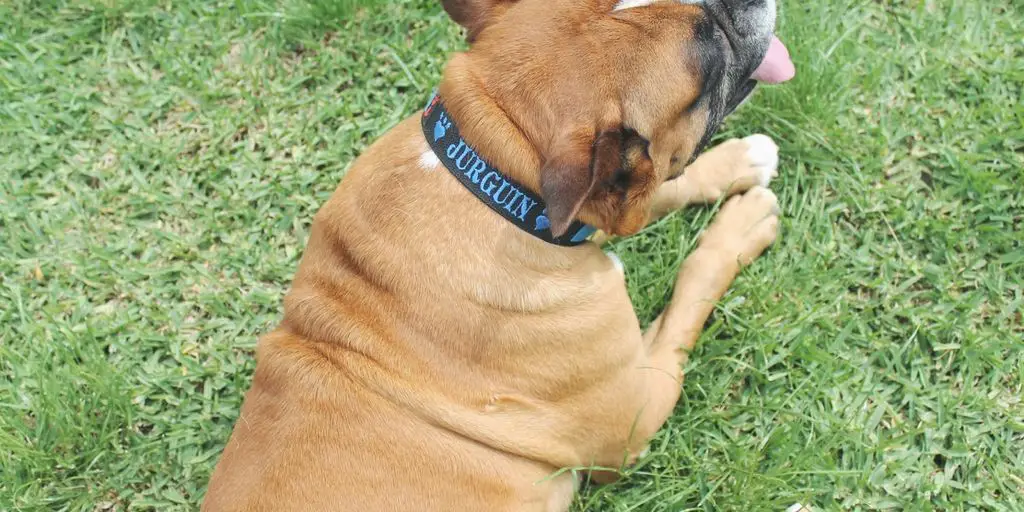
Sometimes, despite our best efforts, our furry friends might still experience discomfort or complications from their collars. Here’s when I think it’s crucial to get a professional involved:
Recognizing Persistent Issues
If you’ve tried adjusting the collar, switching materials, and even using remedies but the irritation persists, it’s time to consult the vet. Persistent redness, sores, or hair loss around the neck area are clear signs that professional help is needed. It’s not just about discomfort; these could lead to more severe infections or skin conditions if left unchecked.
Preparing for the Vet Visit
Before heading to the vet, make sure to document all the symptoms and any treatments you’ve tried. This information can be crucial for a quick and accurate diagnosis. Also, don’t forget to bring the collar in question; it might help the vet understand what’s causing the issue.
Follow-Up Care Recommendations
After the visit, follow the vet’s instructions closely. They might suggest a change in collar type or a specific treatment plan. Regular follow-ups might be necessary to ensure that the treatment is working and to prevent future issues. Remember, the goal is to keep our pups comfortable and happy!
Wrapping It Up: Keeping Your Dog’s Neck Happy and Healthy
In conclusion, preventing collar irritation is crucial for your dog’s comfort and overall well-being. By selecting the right collar size, material, and style, and by maintaining regular cleaning and inspection, you can significantly reduce the risk of discomfort and injury. Remember, a comfortable dog is a happy dog, so take the time to ensure their collar is just right. If issues persist, don’t hesitate to consult your vet for more specialized advice. Keep these tips in mind, and your furry friend’s neck will thank you!
Frequently Asked Questions
What are the common signs of collar irritation in dogs?
Common signs include redness, inflammation, scratching, hair loss, sores or scabs, and sometimes visible redness or swelling around the neck area.
How can I prevent collar irritation for my dog?
Ensure the collar fits properly, choose hypoallergenic materials, rotate collars regularly, keep the collar clean, and use protective padding if needed.
What materials are best for dog collars to prevent irritation?
Materials like leather, neoprene, or hypoallergenic fabrics are often more comfortable and less likely to cause irritation.
How often should I clean my dog’s collar?
Regularly clean the collar, especially after wet or muddy activities, using mild soap and water. Rinse thoroughly to prevent any residue that could cause irritation.
What should I do if my dog’s collar is causing hair loss?
Adjust the collar to ensure it’s not too tight, consider switching to a softer material, and consult a veterinarian if the problem persists.
Can I use a harness instead of a collar to prevent neck irritation?
Yes, harnesses can distribute pressure more evenly across the body and reduce strain on the neck, making them a good alternative for dogs prone to collar irritation.
What are some home remedies for treating collar irritation?
Applying natural oils like coconut oil can soothe the skin and promote healing. Always ensure any product used is safe for pets.
When should I consult a veterinarian about collar irritation?
If irritation persists, becomes severe, or is accompanied by symptoms like fever or lethargy, it’s important to seek professional advice to address underlying issues.
